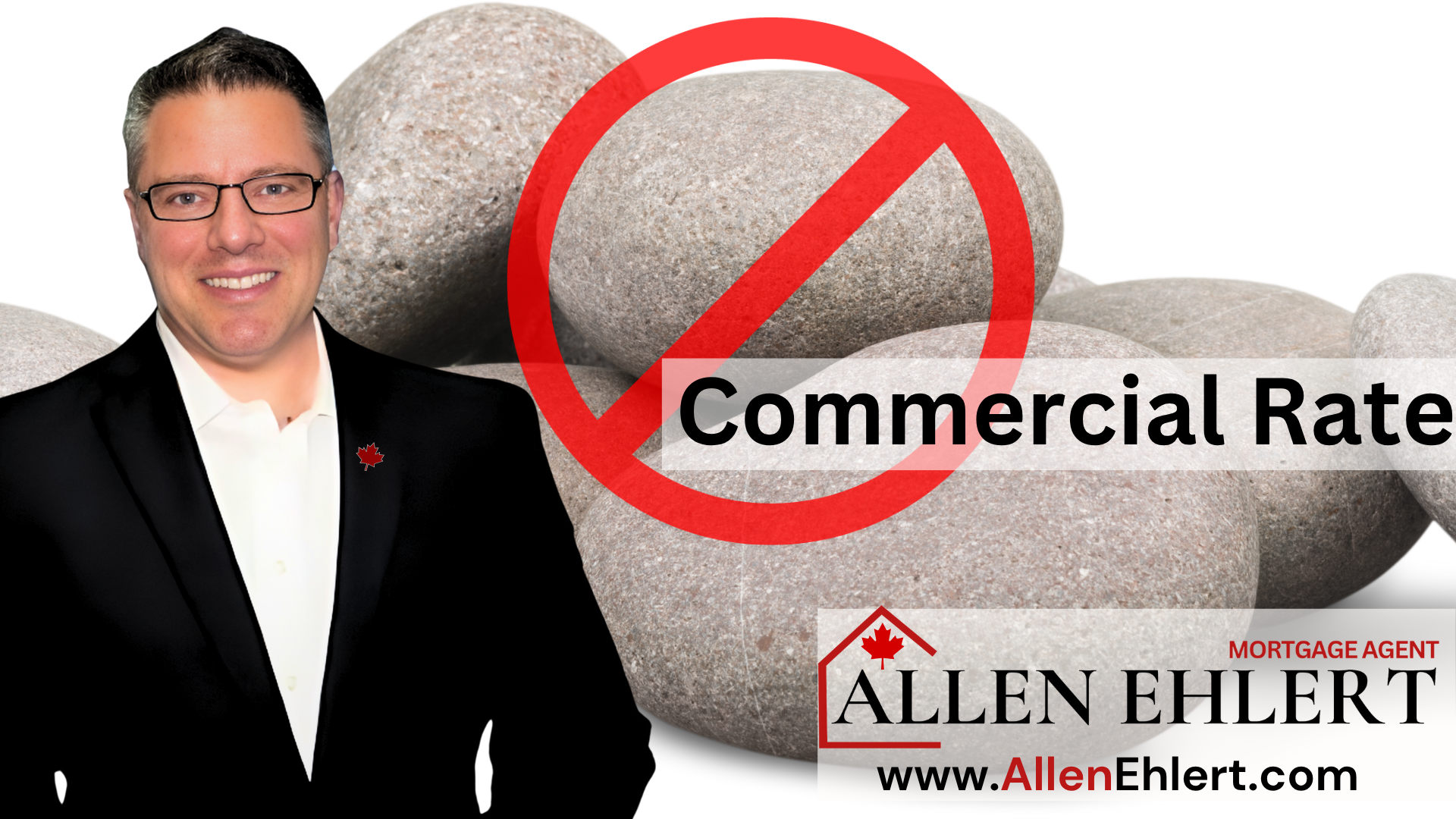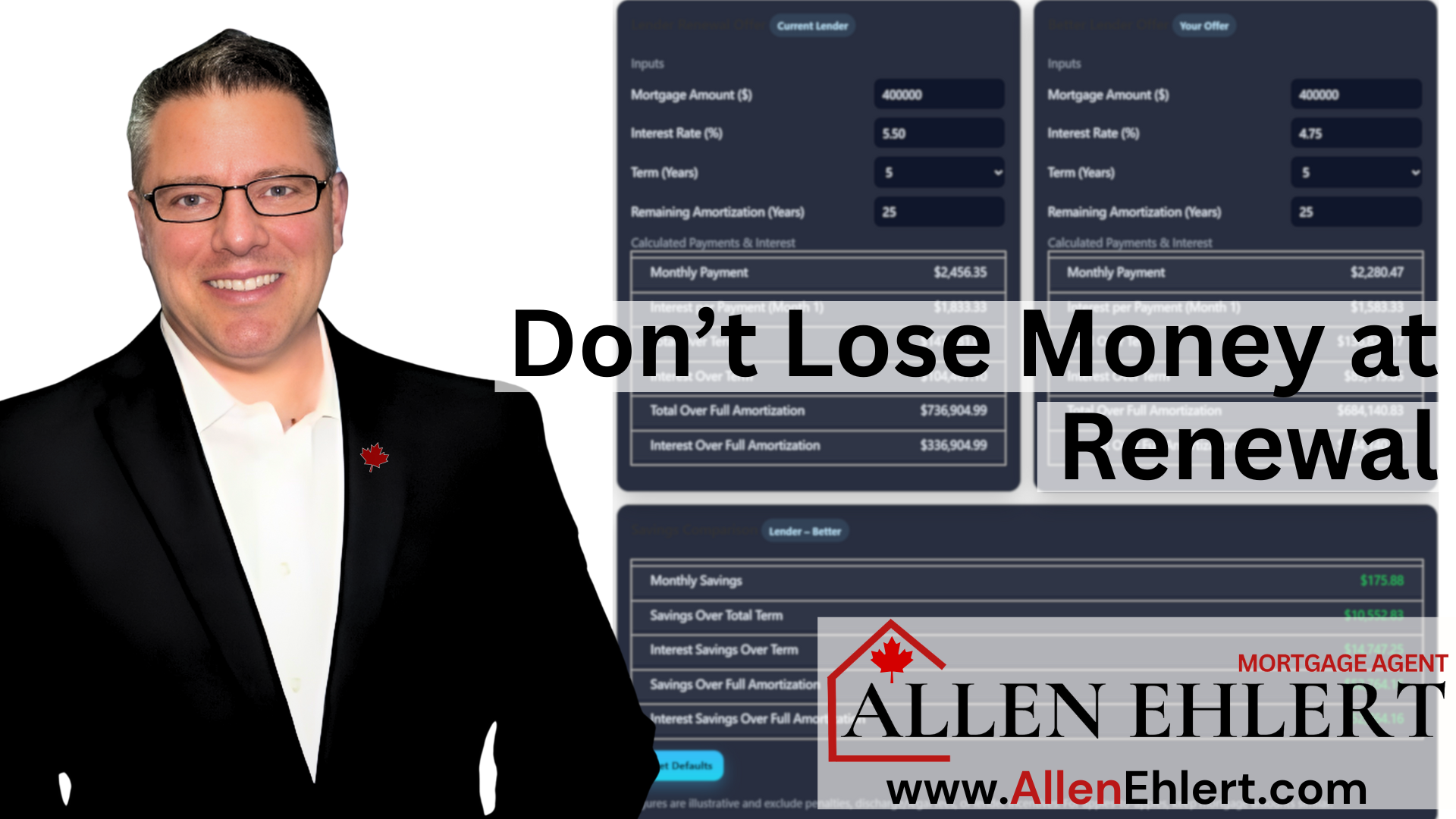In Canada’s diverse mortgage landscape, borrowers have a plethora of options ranging from traditional prime lenders to innovative alternative lending solutions. The rise of alternative lenders has been particularly notable, offering unique advantages that cater to a broad spectrum of borrowers who may not meet the strict criteria set by traditional banks. This article delves into the distinction between alternative lenders and prime lenders, explores the dual structures within financial institutions, and examines the specific products and solutions provided by alternative lenders, including a comparison with private lending.
Understanding the Differences Between Alternative and Prime Lenders
Financial Institutions with Dual Lending Divisions
Different Approach to Mortgage Underwriting
Mortgage Products Offered by Alternative Lenders
Situations Addressed by Alternative Lenders
Comparing Alternative Lending and Private Lending
Understanding the Differences Between Alternative and Prime Lenders
The primary difference between alternative and prime lenders lies in their risk tolerance and the clientele they serve. Prime lenders, such as monoline lenders, insurance companies, and Schedule I and II banks, typically cater to clients with strong credit scores and stable, verifiable incomes. These lenders offer the best interest rates and terms, reflecting the lower risk associated with their lending criteria.
Alternative lenders, on the other hand, are willing to accept a higher level of risk. They often cater to borrowers who do not meet the traditional lending criteria. This group may include self-employed individuals, those with less stable income streams, or clients with past credit challenges. Examples include Community Trust, Fraction Lending, HomeEquity Bank, and Farm Lending Canada.
Credit Unions are interesting. Some are pure prime lenders, like Meridan, others are pure Alternative like Kawartha Credit Union, and still others are a bit of a blend, like IC Savings.
Financial Institutions with Dual Lending Divisions
Many Canadian financial institutions operate both prime and alternative lending divisions. This dual structure allows them to serve a wider range of clients. For example, a monoline lender might offer prime mortgages through its main network, while its alternative lending division caters to those who might not qualify under traditional metrics. This approach not only broadens the institution’s market reach but also mitigates risk by diversifying its portfolio across different borrower segments.
Canada’s Chartered banks don’t really have a prime and an alternative rendering division; they are mainly prime lenders. Technically Scotiabank has Roynat Capital and CIBC has FirstCaribbean International Bank, but both of these subsidiaries mainly focus on business and commercial financing solutions like mezzanine or subordinated debt financing rather than residential mortgages
Different Approach to Mortgage Underwriting
Mortgage underwriting in Canada involves assessing a borrower’s creditworthiness and the ability to repay a loan. The approach taken by alternative lenders often differs significantly from that of prime lenders due to the nature of their clientele and the level of risk they are willing to accept. Here’s a detailed comparison of how alternative lenders versus prime lenders approach mortgage underwriting:
Prime Lenders
Prime lenders, typically major banks and credit unions, usually have stringent requirements for credit scores. A high credit score, generally above 650, is essential to qualify for the best rates and terms. This score demonstrates a history of responsible credit management.
Prime lenders emphasize stable, verifiable Income. Income verification is crucial for prime lenders. They require detailed documentation, including T4 slips, Notice of Assessment, pay stubs, and employment letters, to verify the stability and continuity of income. This is particularly important to ensure that borrowers can consistently meet their mortgage obligations over time.
Prime lenders usually require a lower total debt service ration (TDS) ratio, ensuring that borrowers are not over-leveraged. A typical requirement might be a TDS ratio no higher than 42-44%, indicating that only a limited portion of income goes towards debt repayments.
Property valuation and Loan-to-Value (LTV) ratios are critical with prime lenders often capping mortgages at 80% LTV unless insured. This requirement ensures that the borrower has a significant equity stake in the property, reducing the lender’s risk in case of default.
Alternative Lenders
Alternative lenders are more flexible regarding credit scores. They are willing to work with borrowers who have lower scores, often as a result of previous financial hardships like bankruptcies or consumer proposals. This flexibility is crucial for providing access to financing for those rebuilding their credit.
Alternative lenders are more accommodating of non-traditional income sources, such as self-employment or contract work, which may not regularly provide traditional proof of income. They often use different metrics and assessment tools to evaluate the stability and reliability of such income sources.
Understanding that some borrowers may carry higher debt loads, alternative lenders accept higher TDS ratios in regard to many of their products. This aspect is particularly important for entrepreneurs and self-employed individuals whose financial profiles do not fit neatly into the conservative models used by prime lenders.
Alternative lenders may also be more flexible in terms of the types of properties they will finance, including those that might not meet the stringent standards of prime lenders, such as unique homes or older properties. They may offer higher LTV ratios, sometimes up to 90%, though typically at higher interest rates to offset the increased risk.
Alternative lenders price their mortgages based on perceived risk, which means that rates are generally higher than those offered by prime lenders. This risk-based pricing model allows them to cater to a segment of the market that might otherwise be unable to obtain financing.
In some cases, alternative lenders might require additional collateral or guarantors to secure a mortgage. This requirement helps mitigate the increased risk from borrowers with weaker credit profiles or unconventional income streams.
The different approaches to mortgage underwriting between alternative and prime lenders reflect their target markets and risk appetites. While prime lenders focus on low-risk borrowers with strong financial backgrounds, alternative lenders provide crucial access to capital for those with less conventional profiles or who have experienced financial challenges. This inclusivity is vital for maintaining a dynamic and accessible housing market in Canada.
Mortgage Products Offered by Alternative Lenders
Alternative lenders provide a variety of mortgage products designed to accommodate the specific needs of their clientele. These include:
- Open and Closed Mortgages: Similar to traditional products but with more flexible qualification criteria.
- Home Equity Lines of Credit (HELOCs): Offered to borrowers with existing home equity seeking accessible credit.
- Construction Loans: For clients looking to build new homes, build laneway homes, or significantly renovate their homes.
- Debt Consolidation Mortgages: Allowing borrowers to consolidate higher-interest debt into a single, lower-rate mortgage.
- Interest Only or No Payment Mortgages: Allowing borrowers who are going through financial hardship to limit their payments to just the interest portion or to suspend payments altogether.
The interest rates on mortgages from alternative lenders are typically higher than those from prime lenders, reflecting the increased risk. However, these rates are usually more competitive than those of private lenders.
Situations Addressed by Alternative Lenders
Alternative lenders often provide solutions in scenarios where traditional banks might not approve a loan. Situations that might necessitate an alternative lending solution include:
- Recent bankruptcy or consumer proposal
- Non-traditional property types that do not meet prime lending criteria
- New immigrants who lack a Canadian credit history
- Real estate investors looking for flexible financing solutions
- Self-employed individuals who cannot provide traditional proof of income
Comparing Alternative Lending and Private Lending
While both alternative and private lenders serve clients who may not qualify for a prime mortgage, there are significant differences:
- Regulation
- Rates and Terms
- Loan Structure
Regulation
Alternative lenders are typically regulated similarly to banks, offering greater consumer protection. Private lenders, often individuals or small groups, are less regulated.
Rates and Terms
Alternative lenders generally offer lower interest rates compared to private lenders due to their structured risk assessments and funding sources.
Loan Structure
Private loans are often short-term and interest-only, designed as a temporary solution, whereas alternative lenders can offer longer-term, amortizing loans similar to traditional mortgages.
Market Trends
Recent data from the Canada Mortgage and Housing Corporation (CMHC) indicates a steady increase in the market share of alternative lenders, particularly in urban areas where the real estate market is highly competitive. The Bank of Canada also notes that alternative lending solutions are playing a pivotal role in maintaining access to mortgage financing in the face of stringent regulatory environments.
Summary
Alternative lenders are an essential part of Canada’s mortgage industry, providing necessary services for those who do not fit into the traditional lending mold. As the financial landscape continues to evolve, the role of these lenders will likely expand, offering more Canadians the opportunity to achieve their home financing needs. The ongoing development of regulatory frameworks will ensure that growth in this sector remains balanced with the need to protect consumer interests.












